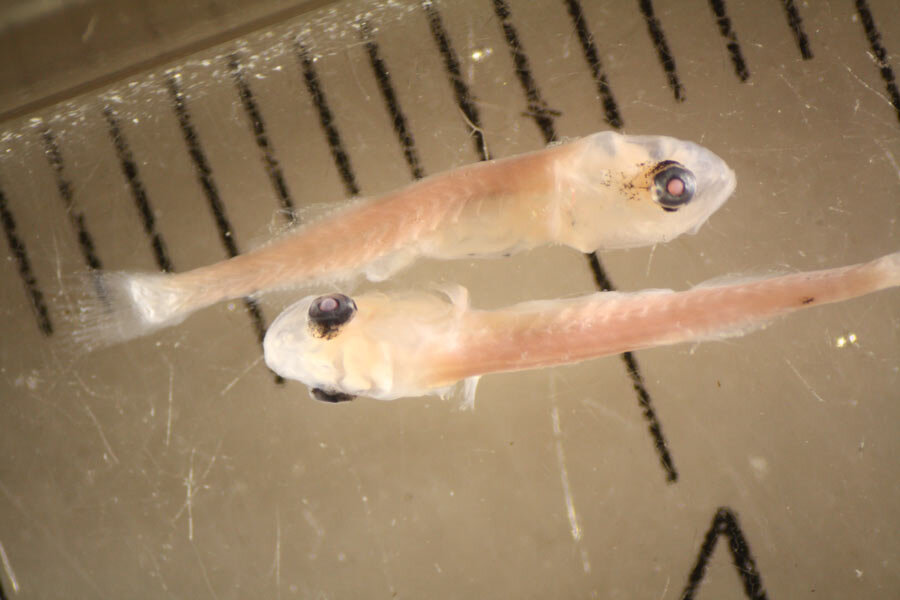Ichthyoplankton Entrainment Monitoring
Since 2010 EcoAnalysts has analyzed over 3,000 large river samples as part of an impingement and entrainment study for a desalinization plant in Massachusetts. As part of a Clean Water Act 316(b) study, in-river ichthyoplankton samples were collected by the client to characterize baseline fish community populations in the river throughout the year. Entrainment samples were collected by filtering water in the plant behind the intake screen. Water was filtered through a 250-micron mesh sieve, samples were preserved in formalin and were shipped to our taxonomy laboratory for sorting and identification. EcoAnalysts lab technicians fully sorted each sample, removing all larval fish, fish parts, and eggs. The QC process ensured at least 90% of the organisms were removed from every sample. The organisms were then identified by an ichthyoplankton taxonomist to lowest practical taxonomic level. The taxonomic QC component included a 10 percent re-identification of the specimens by an independent, third-party taxonomist. The two taxonomists discussed results via phone, sharing electronic images and specimens, and re-examining specimens if necessary. Using this QC process, 95% taxonomic similarity and enumeration has been maintained on the annual project.
EcoAnalysts has completed several dozen 316(b) ichthyoplankton studies since 2002. Projects have been from lakes, rivers, and estuaries around the contiguous states and Alaska, largely focusing on power plants, manufacturing plants, and desalinization plants. To date we have processed over 23,000 ichthyoplankton samples.


